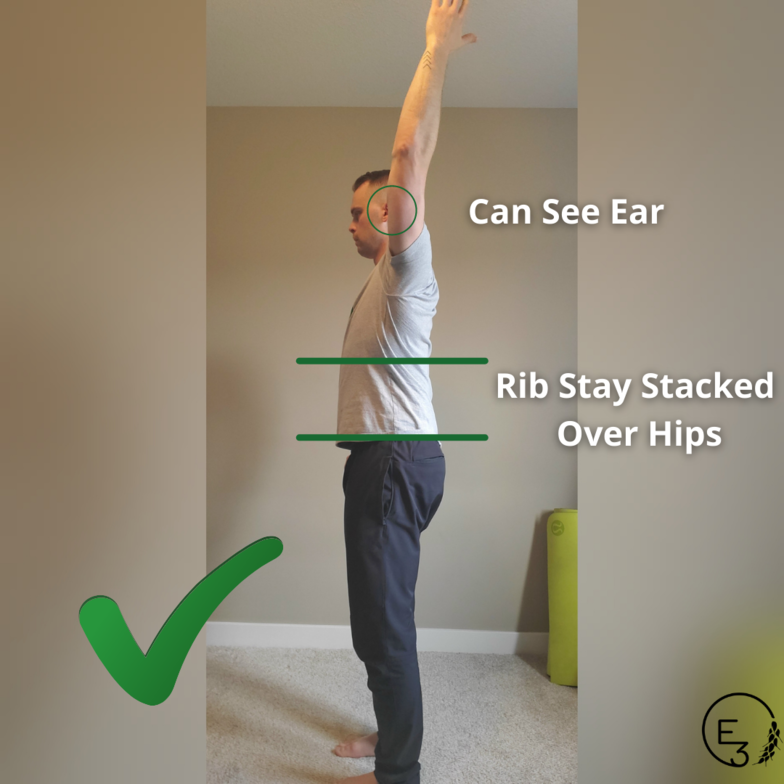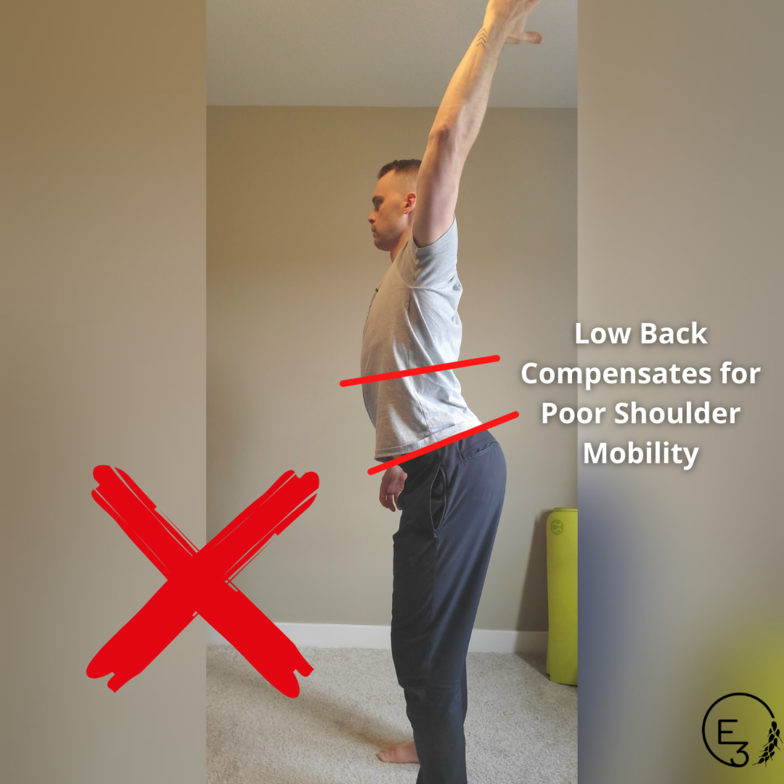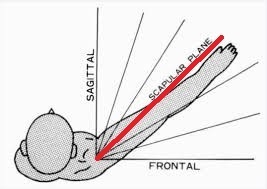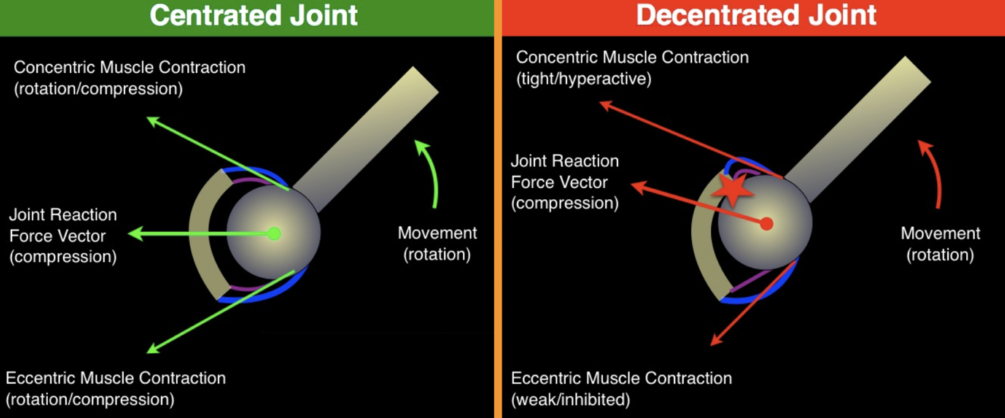
Does This Sound Like You?
Like many people, you enjoy working out and being active. However, it has been more difficult to get to the gym lately, COVID has its ways of derailing things. When you can get to the gym your workout is rushed, you don’t have much time for a warm-up, and you’re beginning to notice shoulder pain during and after your workouts.
Whether you are an athlete, or a parent picking up their child, having strong shoulders is very important. Having strong muscles surrounding your shoulders helps protect you from injury and also helps to build a strong physique.
However, shoulder pain is incredibly common. Shoulder pain is the third most common reason that someone will see a Saskatoon Chiropractor, behind low back pain and neck pain. Frequently experiencing shoulder pain can make it difficult to exercise, play with your kids, and even brush your teeth.
Is it possible that the shoulder exercises you’re performing are contributing to your shoulder pain? If so, how can something that is supposed to be good for your shoulder be the reason that you are experiencing shoulder pain?
After you read this you will be able to quickly assess if you are ready to perform overhead shoulder exercises and learn two exercises that you can use to help reduce your risk of shoulder pain after working out!
Should I Lift overhead?
Two exercises that can commonly provoke shoulder pain are the dumbbell and barbell shoulder press. These can irritate shoulders because many people do not have the range of motion to perform these exercises properly.
If you are not able to properly lift your arms overhead, your body will compensate by either overarching your low back or by using improper shoulder mechanics. Here is one easy way to see if you are ready to lift overhead.


- Stand with your side to a mirror, or use a partner.
- Stand with your feet about shoulder-width apart. Start with your ribs stacked, parallel over top of your hips.
- Keeping your arm straight, raise it straight over your head.
- You should be able to see your ear in front of your arm while keeping your ribs stacked over top of your hips.
If you can see your ear in front of your arm while keeping your ribs properly stacked over your hips, congrats! You have the necessary range of motion to lift overhead. If you can’t quite see your ear in front of your arm, don’t worry! Here is an exercise option for you!
Landmine Shoulder Press
The landmine can be an incredibly useful tool, and one I encourage many people to use!
The landmine shoulder press is particularly great for those who do not have a full range of motion in their shoulders. The landmine allows you to SAFELY lift at a forward angle. This means you are not lifting overhead into a range of motion your shoulders do not have, reducing your risk of injury.
Many gyms will have a landmine attachment on a squat rack. If there is not a landmine attachment you can also put a barbell into a corner!
Key points when performing the landmine shoulder press:
- Even though this is a shoulder exercise, your entire body is needed to be strong in this position!
- Pretend that you are tearing the ground apart with your feet.
- Clench your opposite fist. Brace your abdomen by pushing your stomach OUT, not sucking in.
- FIRMLY hold onto the barbell while you perform the press.
Kettlebell Shoulder Press
So you did the shoulder mobility test, you were able to see your ear while keeping your ribs stacked, but you still get shoulder pain while pressing overhead?
Let’s get into some nerdy stuff here.
A common reason people can get shoulder pain while performing shoulder press is that their elbows flare out far to the sides. This is also commonly seen with bench press and push-ups.
Flaring your elbows out to the sides creates a biomechanical advantage to press heavier weight. When your elbow flares out to the side, it creates a longer lever for the muscles of your shoulder to work on. It is like jumping on the far edge of the teeter-totter instead of closer to the middle.
However, there is an associated risk with this!
The DOWNSIDE of your elbows flaring out is that the longer lever also increases the amount of sheer force and torque that is put on your shoulder joint, AND it forces your shoulder to an end range of motion. When your shoulder is at the end range of motion, the muscles and other tissues surrounding your shoulder are not able to share this increased force evenly. This results in an uneven distribution of force to one side of your shoulder joint. This results in certain tissues around your shoulder becoming overloaded with potentially harmful forces.
So, how can you prevent this?
I present to you, the kettlebell shoulder press.
Our shoulder is a ball in socket joint, which allows it to move in various ranges of motion. However, our shoulder is very unstable. It is often described as trying to balance a golf ball on a tee that is held sideways. Because of this design, the shoulder relies very heavily on muscular effort to stabilize it.
Anatomically our shoulder is not designed to perform heavy movements with our elbows flared out. Our shoulder joint has a unique plan of motion called “scaption plane”, which is about 30-degrees to the side from straight in front of you.

When we are in the scaption plane, the middle of the ball is in the middle of the socket, and the golf ball is balanced. This is referred to as a centrated joint. This means that ALL of the muscles and tissues surrounding our shoulder can share all of the forces put on our shoulder joint while we work out.

When we lift in the scaption plane, it greatly reduces our risk for shoulder injuries while working out. A kettlebell shoulder press does a phenomenal job of keeping our shoulder in the scaption plane, making it a very safe movement for our shoulders, and my preferred shoulder press exercise.
Key’s to Remember when performing a Kettlebell Shoulder Press:
- When you are picking up the kettlebell, grab it with two hands and then take it to your shoulder like you are putting on a backpack
- Tear the ground apart with your feet
- Brace your abdomen by pushing your stomach OUTClench your opposite fist
Summary
- Before you lift overhead, assess and make sure you have the needed range of motion to lift overhead.
- If you do not have the range of motion to lift overhead, substitute a landmine press for a dumbbell or barbell shoulder press.
- If you have the range of motion to lift overhead but still have shoulder pain, substitute a kettlebell shoulder press for a dumbbell or barbell shoulder press.
But I Still Have Shoulder Pain?
If you are experiencing shoulder pain, I highly recommend that you get your shoulder assessed! Ruling our major injuries is very important when dealing with shoulder pain. E3 Chiropractic + Wellness is prepared to help anyone in Saskatoon who is experiencing shoulder pain. Our Saskatoon Chiropractors have advanced training in the diagnosis and treatment of shoulder pain. We will work hard to make sure that your shoulder pain becomes a thing of the past!
Don’t let your shoulder pain stop you from enjoying the activities you love. Click HERE to book an appointment with E3 Chiropractic + Wellness in Saskatoon today.





